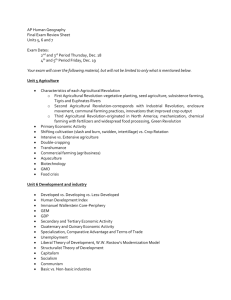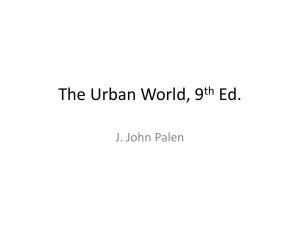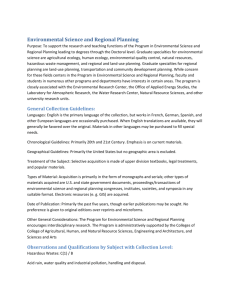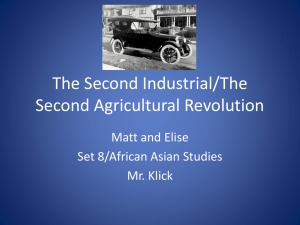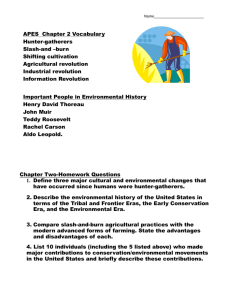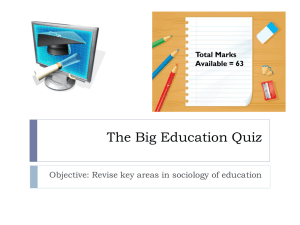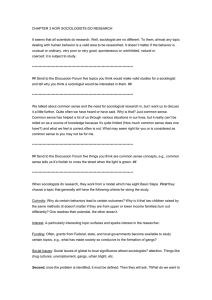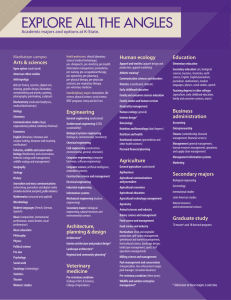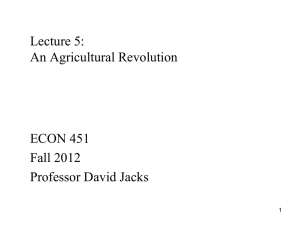Urban Life
advertisement
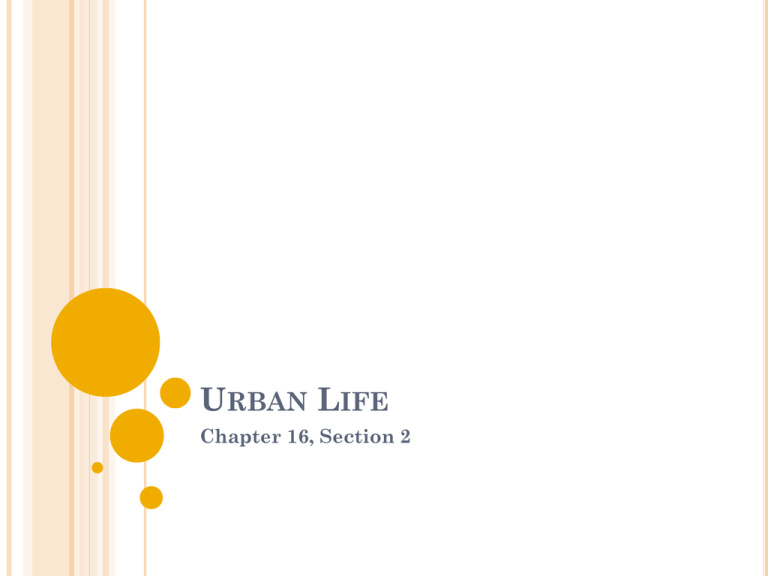
URBAN LIFE Chapter 16, Section 2 THE EVOLUTION OF THE CITY Urbanization= movement of people to cities ending in large concentrations of people in these areas. City= permanent concentration of a relatively large number of people who are engaged in mainly non-farming activities. Cities are nothing new… they have been around for approximately 6,000 years. However, urbanization is a new concept. EARLY CITIES (CHARACTERISTICS) Preindustrial city: First appeared along Tigris and Euphrates River Lacked tools necessary to produce food to support more people Poor sanitation Reliance on familial relationships Industrial city: Emerged with the Industrial Revolution Greater area and larger population More social less reliance on family Today, over 75% of Americans live in urban areas IMPACT OF AGRICULTURAL AND INDUSTRIAL REVOLUTIONS Agricultural Revolution: Cultivation of grain Domestication of animals Development of basic agricultural technology Allowed for surpluses in food for the first time more specialized work. Industrial Revolution: - Replacement of hand tools with machinery New sources of energy (coal, water, steam) - People left countryside to cities to fill new labor pools. More advanced tech to transport/store food PROBLEMS In less-developed countries, cities that grow too fast are characterized by overurbanization. When more people live in cities than can be supported in terms of jobs and facilities. Example: Mexico City Characteristics: Inadequate housing and food supplies Poor sewage disposal Poor medical services URBAN ECOLOGY Urban ecology= method of studying cities in which researchers examine the relationship between people and their environment. The layout of cities is not random, sociologists argue. Three models have emerged for the distinct ‘areas’ of cities: Concentric Zone Model Sector Model Multiple Nuclei Model CONCENTRIC ZONE MODEL Proposed by sociologist Ernest W. Burgess The industrial city spreads out from the center, creating distinct zones. SECTOR MODEL Sociologist Homer Hoyt felt that Burgess’ model did not take into account various forms of transportation. Transportation dictates land use. These transportation routes extend the city. MULTIPLE NUCLEI MODEL Then the automobile came along… And with it, a new model created by Chauncy Harris and Edward Ullman. There is not ONE central core, but many centers of activity. A CRITIQUE OF URBAN ECOLOGY Some sociologists argue that the models are a bit outdated. One trend they do not reflect is urban sprawl. Poorly planned development on the edge of cities and towns. Consumes large amounts of land and is used inefficiently. THEORIES TO EXPLAIN CITY LIFE Urban anomie theory= city is anonymous and unfriendly place; city discourages formation of primary group relationships. Louis Wirth Subcultural theory= cities encourage formation of primary group relationships; can always find someone of similar interests in a city. Claude S. Fisher THEORIES TO EXPLAIN CITY LIFE (CONT’D) Compositional theory= great diversity of people in a city leads to variation in lifestyles. 5 lifestyles identified by Herbert J. Gans Cosmopolites Unmarried/childless Ethnic villagers Deprived Trapped URBAN RENEWAL Programs meant to provide housing opportunities for low-income families to rebuild the economies of central cities. When the suburbs developed, middle and upper class families moved out of the cities. Gentrification= upgrading of specific neighborhoods in an attempt to encourage the middle and upper classes to relocate to the cities. Pros higher property values; higher property taxes; greater tax revenue Cons high housing costs; drive out long-time residents
